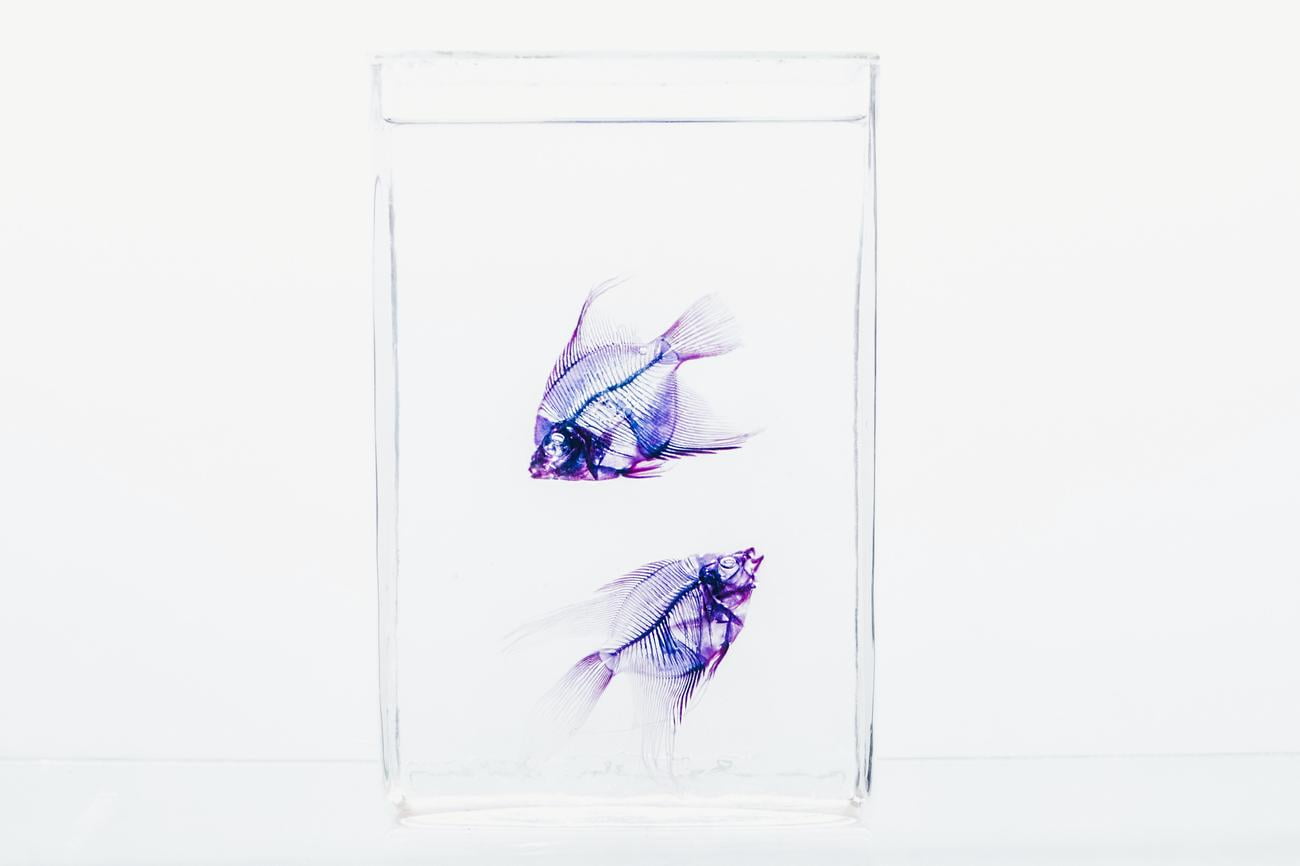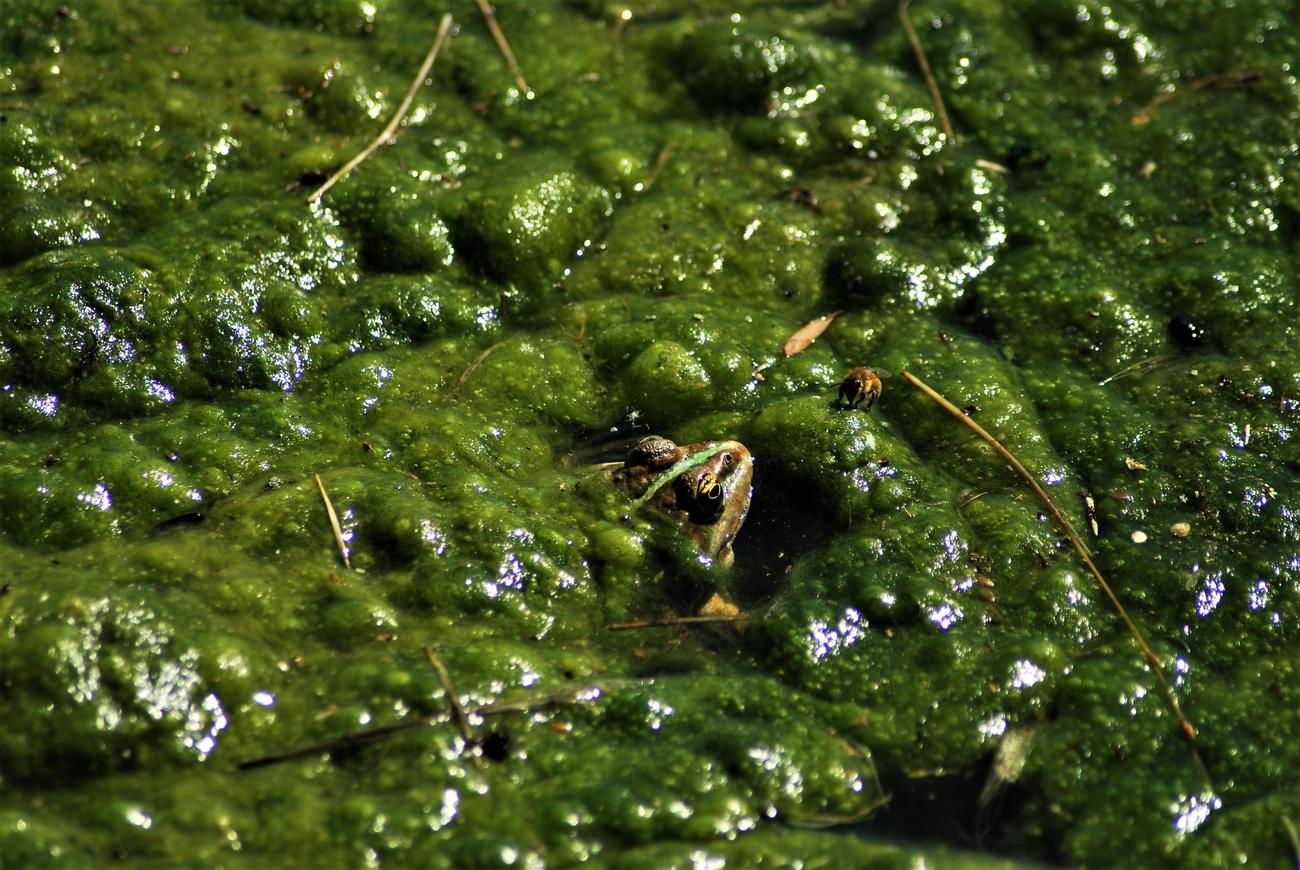Prepare to be amazed as we delve into the captivating world of slime – a substance that has both dazzled and perplexed scientists for decades. In this article, we will uncover the mesmerizing science behind slime, unveiling its intricate properties and exploring its vast array of applications. From its molecular biology roots to its enthralling chemistry, we will unravel the secrets of slime and present them to you in an engaging and accessible manner. So sit back, relax, and let us transport you into the wondrous world of slime, where science and fascination collide.

Fascinating Science Behind Slime
Slime may seem like nothing more than a gooey, sticky substance that kids love to play with, but beneath its mesmerizing texture lies a world of fascinating science. By delving into the molecular biology and chemistry behind slime, we can uncover its captivating properties and explore its potential applications. Let’s dive into the extraordinary world of slime and unravel its secrets!
Polymers: The Building Blocks of Slime
At the heart of slime lies the study of polymers, which are long chains of molecules that repeat over and over again. These molecules are like the Lego blocks of the slime world, joining together to form a flexible and stretchable structure. When we mix glue, which contains polymer molecules, with an activator like borax or liquid starch, a chemical reaction takes place, causing these polymer chains to connect and create the gooey consistency we know as slime.
Slime is more than just a fun toy; it’s a scientific marvel made possible by the interaction of polymers.
The Non-Newtonian Nature of Slime
One of the most intriguing aspects of slime is its non-Newtonian behavior. Unlike most fluids, which have a constant viscosity regardless of the stress applied to them, slime’s viscosity and ability to flow change depending on the force exerted upon it. If you squeeze slime slowly, it flows like a liquid, but if you apply a quick force, it becomes firm and behaves like a solid. This unique property makes slime a perfect example of a non-Newtonian fluid.
Slime defies our expectations by transforming from liquid to solid in an instant, captivating both children and scientists alike.
Exploring the Structure and Properties of Slime
Scientists and engineers are constantly investigating the structure and properties of slime to better understand its behavior and unlock its potential applications. By manipulating the amount of glue, the activator, and even adding various additives, they can alter the texture, color, and even the scent of slime. These studies allow us to delve deeper into the fundamental principles behind slime and pave the way for advancements in fields such as material science and biomedical engineering.
Every investigation into slime brings us closer to discovering its hidden capabilities and pushing the boundaries of scientific innovation.
Applications of Slime: From Science to Everyday Life
While slime is undoubtedly a source of joy and fascination, its practical applications are not to be underestimated. Its unique properties make it an excellent tool for hands-on science experiments, allowing both children and adults to explore scientific concepts such as viscosity, elasticity, and chemical reactions. Additionally, slime finds its way into various industries, from cosmetics and adhesives to wound dressing and biomedical research.
Slime isn’t just child’s play—it has the potential to revolutionize different fields and improve our lives in unexpected ways.
In conclusion, the fascinating science behind slime goes far beyond its squishy texture. Through the study of polymers, the exploration of slime’s non-Newtonian behavior, and the investigation of its structure and properties, we can uncover a wealth of scientific wonders. Moreover, the practical applications of slime demonstrate its potential for advancements in diverse areas. So, the next time you run your fingers through a batch of slime, allow yourself to be captivated by the intricate science at play.
Table: Common Slime Activators
| Activator | Description |
|---|---|
| Borax | A powdered mineral used to create slime with a firm texture |
| Saline Solution | A mixture of salt and water that produces stretchy slime |
| Liquid Starch | A thick liquid containing starch to create gooey slime |
Note: The information provided in this article is for educational and entertainment purposes only. Always follow safety guidelines and supervise children while playing with slime.
Fun Facts About Toy Slime you won’t believe! Have you ever wondered how toy slime is made or what ingredients are used to create those mesmerizing textures? Discover the fascinating world of toy slime and uncover the secrets behind its gooey goodness. From the science behind its stretchiness to the different types of slime available, our comprehensive guide will leave you amazed. So, if you’re ready to dive into the colorful and squishy universe of toy slime, click here to explore our Fun Facts About Toy Slime: Fun Facts About Toy Slime. Get ready to be slime-struck!

FAQ
1. What is slime made of?
Slime is made of long chains of molecules called polymers, which are formed through a chemical reaction between the molecules of glue and an activator such as borax, saline solution, or liquid starch.
2. What makes slime unique?
Slime is a non-Newtonian fluid, meaning its viscosity and ability to flow change depending on the stress applied to it. This unique property allows slime to be stretched, molded, and even behave like a solid when a greater force is applied.
3. Can slime be used for practical applications?
Yes, scientists and engineers are actively investigating the structure, properties, and processing of slime to understand and improve its potential applications. It has already found uses in areas such as biomedical engineering, drug delivery, and soil stabilization.
4. How does slime capture our attention?
The mesmerizing properties of slime, such as its stretchiness and gooey texture, often captivate our senses and offer a sensory experience that is both fascinating and entertaining. Its vibrant colors and ability to hold different shapes adds to its allure.
5. How does the science behind slime connect to everyday life?
The science behind slime connects to everyday life in various ways. Understanding the chemistry and physics of slime can help us appreciate the materials we encounter daily, such as polymers in products like plastic, rubber, and even food. Additionally, exploring the science of slime can stimulate curiosity and inspire young minds to pursue scientific knowledge and creativity.
- Unlock Elemental 2 Secrets: Actionable Insights Now - April 2, 2025
- Lot’s Wife’s Name: Unveiling the Mystery of Sodom’s Fall - April 2, 2025
- Photocell Sensors: A Complete Guide for Selection and Implementation - April 2, 2025
















